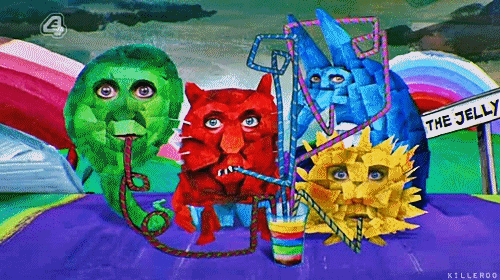Over the course of several weeks, we looked over four pieces of texts to do with art and it's cultural context. We were to analyse the texts and choose one to discuss through a presentation. I chose the last one which I explain about in the summary below:
In this presentation I will be discussing Peter
Lyles’ article about how Le Gun (an underground illustration zine) is rebelling
against the commercial influence on illustrative production.
The style of writing in which this article is
presented is mainly informative and requires only basic knowledge within
illustrative culture; thus making it non-academic also.
This leads onto the next point about who the
article is intended for. The article covers basic knowledge on illustration, so
the most obvious of candidates would be illustrators. The next would be
students studying the subject due to the article’s informative nature and that
it involves research aspects - such as the quotes and imagery.
The main argument being discussed within the
article is that Le Gun feels lots of contemporary illustrators are losing the purity
of their work due to the commercial rewards they wish to possess. Whilst Le Gun
stays true to their work and do it purely out of enthusiasm, other illustrators
give into the commercial pollution.
Commercial pollution comes as a theme
throughout the article also. It’s called ‘selling out’ and the phrase has been
used by youth culture many times to describe, for example, a band becoming popular
and thus giving them the chance to make better produced records. The fact that
Le Gun encourages illustrators to use digital technology only as a tool is also
a theme.
The underpinning theory would be that this
article expresses the sense of post-modernism in the fact that fully,
computer-aided illustrator’s work is becoming far more generic. With the aid of
a computer, processes become much quicker and mistakes are easily removable as
opposed to something hand-rendered.
Overall, Lyle points out that technology has
come so far now that it is beginning to replace our natural artistic heritage
of getting our hands dirty.















